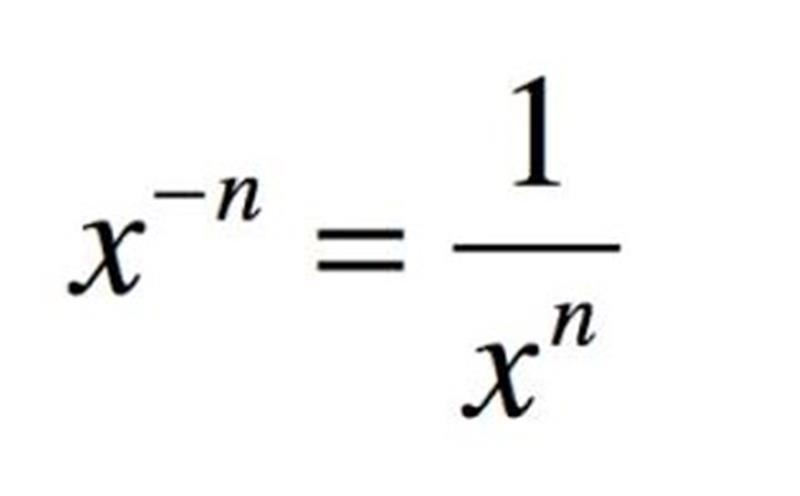What are Exponents?
Exponents are numbers that are written as a superscript. The exponent tells a mathematician how many times a certain number should be multiplied to itself. For example:
2^3 = 2×2 ×2 = 8
The word exponent is from the Latin expo, meaning out of, and ponere, meaning place. The first recorded modern usage of the concept was in the 1500's. However, the concept of squared and cubed numbers dates back to ancient Babylon.
Exponents are useful mathematical and scientific shorthand. Where it would be very confusing to try and perform mathematical calculations with numbers such as 602,000,000,000,000,000,000,000, it becomes not so bad if the number is written as 6.02×10^23.
Negative Exponents
Negative exponents are exactly what they are named; they are exponents that happen to be negative.
2^-3
In mathematics, this is not proper form for writing a number with an exponent, so the expression must be rewritten in its proper form.
kkk

The best way to remember how to deal with a negative exponent is to remember that negative is the opposite of positive and division is the opposite of multiplication, so a number with a negative exponent should be moved to the denominator of a fraction and the exponent switched to positive. The opposite is also true. If the negative exponent is in the denominator of a fraction, its expression gets moved to the numerator and the sign of the exponent is changed.
That way
2^-3
becomes
1/2^3
What about something more complicated?
-5y^-3 z^5
becomes
-5z^5/y^3
And
2x^-3/y^2 z^-2
is
2z^2/x^3 y^2